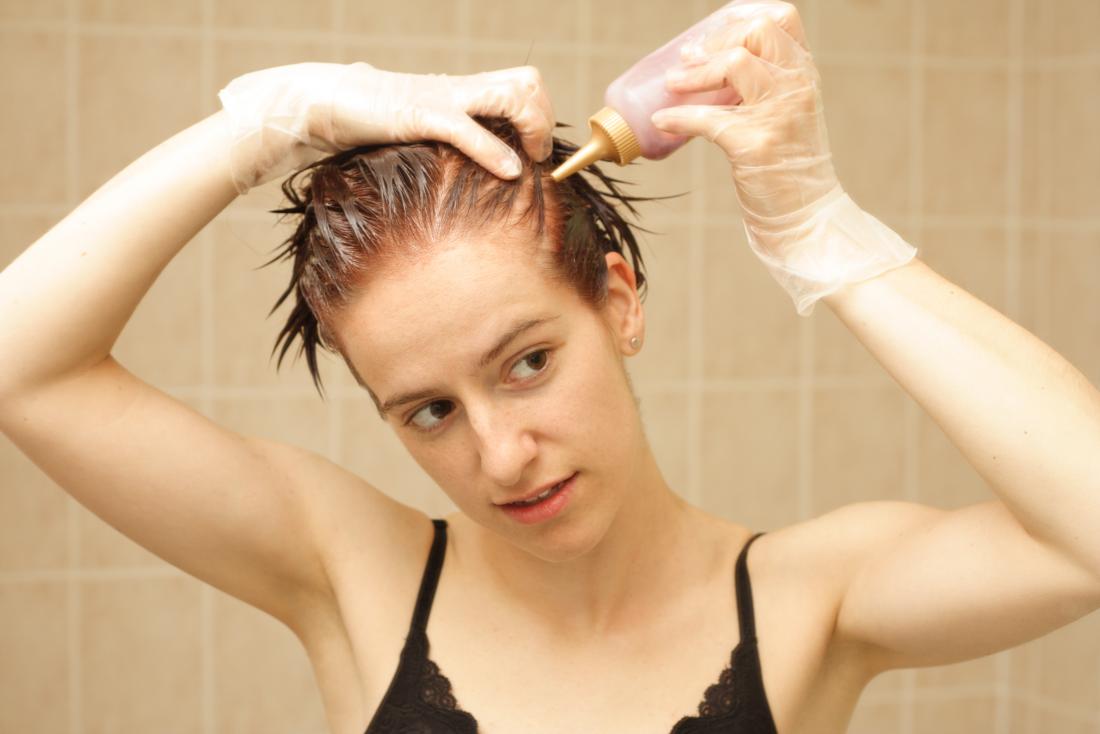Breast cancer: Does hair dye increase risk?

A recent study has investigated links between hair products and breast cancer. The findings have caused a stir, so in this article, we put the results into perspective.
Overall, breast cancer affects around 1 in 8 women during their lifetime.
Although breast cancer incidenceTrusted Source rates among non-Hispanic white women have historically been higher than among non-Hispanic black women, in recent decades, the rate of breast cancer among black women has increased.
Today, the breast cancer rates among black and white women are similar. However, according to the authors of a new study:
"[B]lack women [are] more likely to be diagnosed with aggressive tumor subtypes and to die after a breast cancer diagnosis."
Scientists are working to pin down all the risk factors associated with breast cancer, and they are eager to understand why race-related disparities occur.
The study, which now appears in the International Journal of Cancer, focuses on hair products. Specifically, the researchers investigated hair dye and chemical hair straighteners, which permanently or semipermanently "relax" the hair.
Hair dye and breast cancer
Over the years, a number of studies have hinted at hair products' potential role in cancer. As the study authors explain, "Hair products contain more than 5,000 chemicals, including some with mutagenic and endocrine‐disrupting properties."
Older studiesTrusted Source have shown that certain chemicals in hair dye can induce tumors in the mammary glands of rats.
However, studies that have searched for an association between hair products and breast cancer in human populations have produced inconsistent results.
The authors of the recent research, based at the National Institute of Environmental Health Sciences, set out to take a fresh look. They decided to include hair straighteners in their analysis because earlier studies have largely ignored them. Importantly, according to the authors, these straightening chemicals "are used predominately by women of African descent."
Because hair product ingredients tend to vary depending on whether the manufacturers market them to white or black women, the authors wondered if this might play a part in the disparity in breast cancer.
To investigate, the researchers took data from the Sister Study. This dataset includes information from 50,884 women aged 35–74. The scientists followed the women for an average of 8.3 years. The participants had no personal history of breast cancer but at least one sister who had received a breast cancer diagnosis.
Source: www.medicalnewstoday.com
